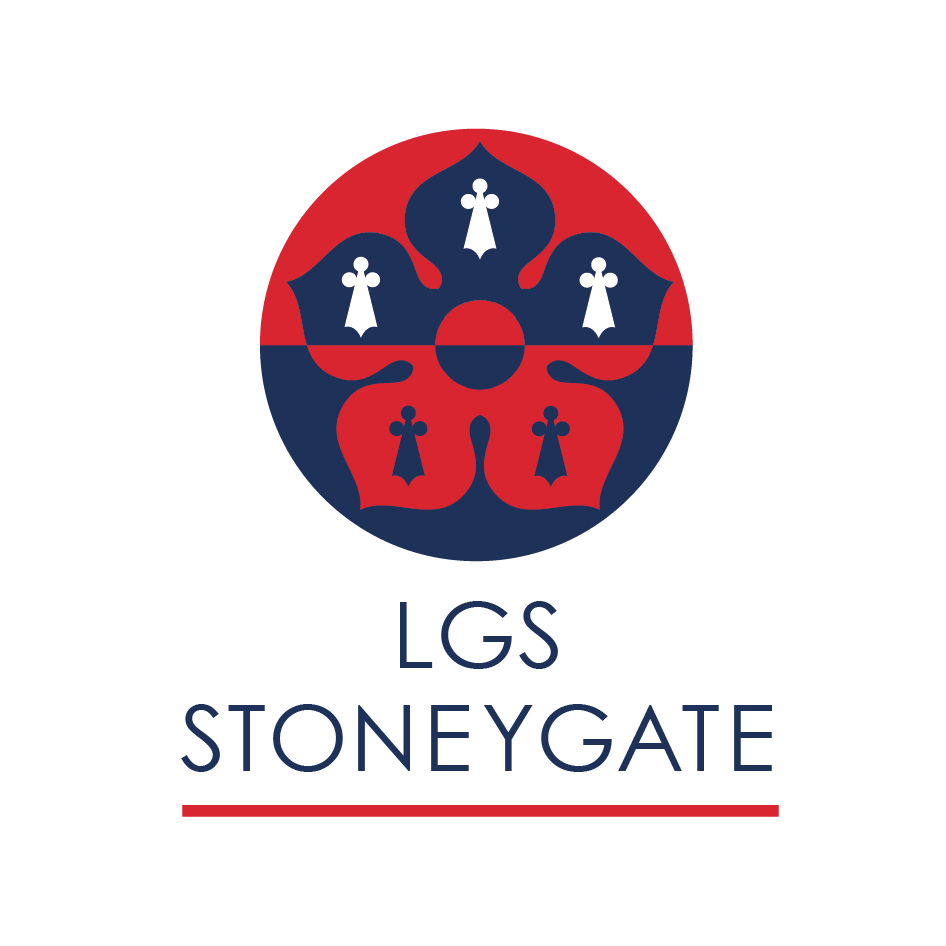History of Art
Works of art signify the most profound ideas and values of their times. The study of the History of Art provides a means by which we can comprehend our past and its relationship to the present.
History of Art provides an excellent opportunity to develop the essential skills and talents that lie at the core of a strong and broad education, including informed and critical reading, writing, and speaking. In addition, critical observation and the analysis of the visual and physical qualities of buildings, images and objects are central to the subject.
We study the art and architecture of cultures around the world and across the millennia. We focus on understanding their aesthetic and historical significance as well as their social relevance.
With its broad historical, cultural, geographic, and methodological range, the History of Art satisfies the expectations of burgeoning specialists while it also offers an excellent foundation for those who intend to specialise in other areas.
You don’t need to be good at Art to do History of Art, there is no practical element and the specification assumes no prior knowledge.
History of Art has an affinity with other written subjects such as English, History, R.S., and Classics. From a cultural point of view, it complements Art and Design, Music and Modern Foreign Languages. In combination with Maths or the Sciences, it offers a breadth of study which demonstrates extensive knowledge and a whole and rounded synoptic outlook.
History of Art students at Leicester Grammar have progressed on to degrees in Architecture, Medicine, Art, Business, Economics, Creative Writing, History of Art,* Footwear Design, History, Anthropology and Geography; in addition two have proceeded to qualify as Norland Nannies and two have gained Christies Auctioneers Apprenticeships!
| Members of Staff |
|---|
|
Course Requirements
At Leicester Grammar School we follow the Edexcel Specification. You can find the specification and supporting documents at: https://qualifications.pearson.com/en/qualifications/edexcel-a-levels/history-of-art-2017.html
Art History is examined by means of two three-hour examinations at the end of the course. They test your analytical skills and subject knowledge by using different question formats through short answer and essay questions.
The contents of the two papers are as follows:
Paper 1: Visual Analysis and Themes
3 hours: 50% marks: marked out of 110.
Section A: For this compulsory question, the ‘unseen’, you will be asked to comment on photographs of one painting, one sculpture, and one building. Your analytical and interpretive abilities will be tested.
Section B: For this section you will write at greater length in reply to two questions, one on each of the themes you will have studied in class: Nature and War. These two-part questions will examine your knowledge of the themes expressed through works of art, sculpture, and architecture. Your answers must address works of art selected from either side of the year 1850 and may include examples selected from beyond the European tradition.
Paper 2: Periods
3 hours: 50% marks: marked out of 110.
You will study two art historical periods in depth and, for each of them, you will answer a single compulsory question in four parts. The periods are titled:
Invention and illusion: the Renaissance in Italy (1420‒1520)
This period spans one of the most extraordinary concentrations of artistic achievement the world has ever seen. The ideas, values and iconic works of the Italian Renaissance continue to shape ideas of beauty, perfection, and heritage today. You will consider the impact of different styles, materials and techniques of the time as well as exploring and evaluating the impact of the regional historical events, philosophical developments and the changing status of artists, architects and patrons on art and architecture. The period covers the work produced in the regions and cities of the three states of Venice, Florence, and Rome.
Rebellion and revival: the British and French Avant-Garde (1848–1899)
Amid a clamour for social and political change, art in Britain and France responds to the new challenges of modern life and industrialisation. For some, it offers opportunity and new materials, for others a compulsion to demand change and to fight against repression. Students exploring this Period will encounter some of the iconic revolutionary works of art of the Realists, Impressionists and Post Impressionists in France, as well as that of their peers across the Channel: the Pre-Raphaelites. In both countries, students will also explore the academic traditions that held sway, and the subsequent battle for recognition, which was part aesthetical and part political.
Critical texts
For each of these themes and periods, you will examine at least one critical text. The texts chosen provide views that students may integrate in support of, or counter to, their own argument. It may derive from interpretations offered by contemporary or subsequent named critics (including art historians). It is thus differentiated from a purely factual source of information about a work of art, artist or its context.
Introduced as an A level subject in 2013, some students have progressed onto History of Art degrees being accepted for courses at the Courtauld Institute, Oxford, Warwick, Edinburgh and York Universities.




